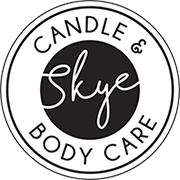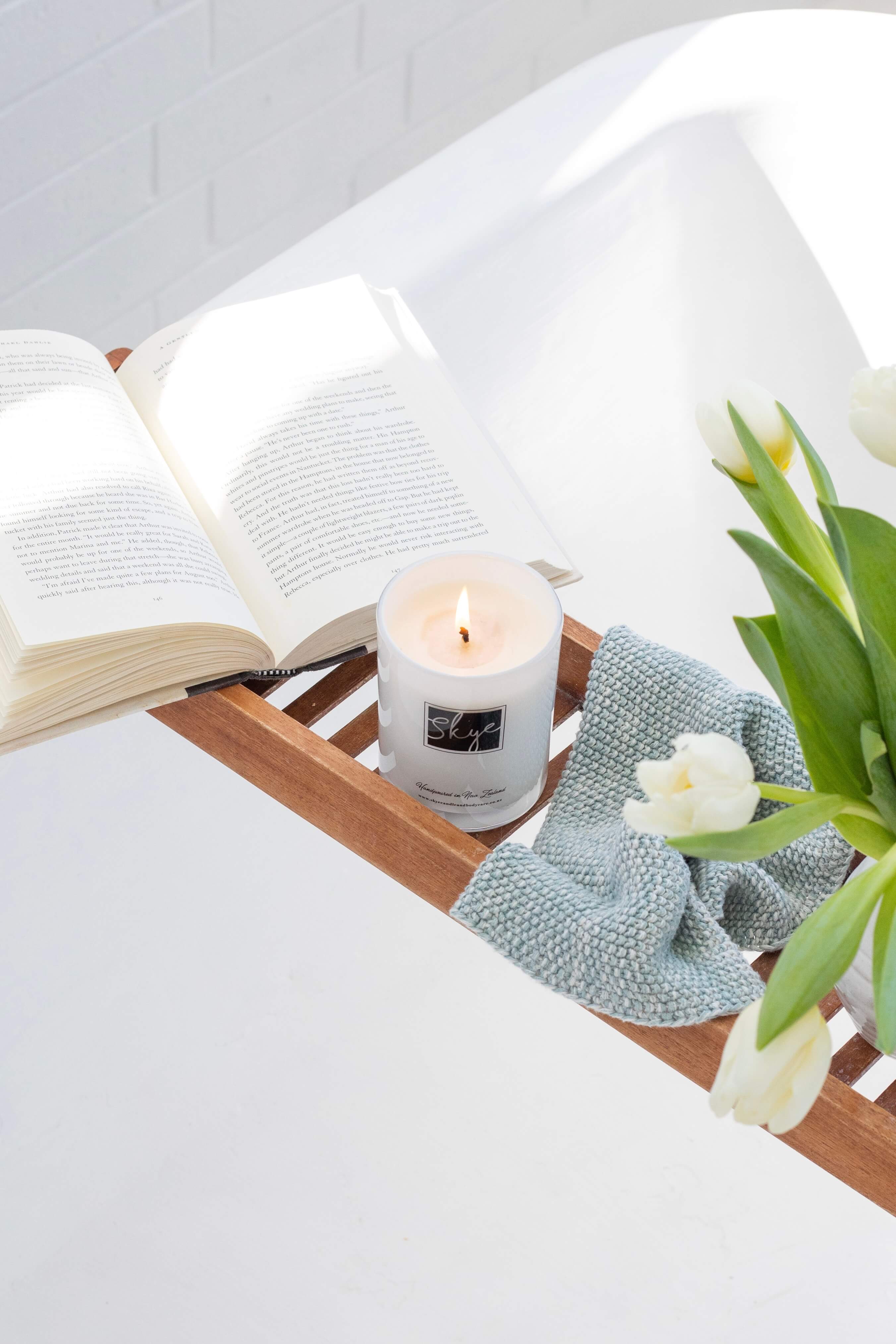The Ultimate Guide to Goal Planning: Why Everyone Needs a Goal Planner
“Writing down your goal is the first step to success.” – Kash Harvey, Owner of Skye Candle and Body Care
In today’s fast-paced world, it’s easy to feel overwhelmed by everything demanding our attention. Between work, family, finances, and personal growth, staying organised can feel impossible. That’s where a goal planning planner comes in – a tool that transforms dreams into action steps, keeps your daily progress visible, and empowers you to achieve more.
In this article, we’ll walk you through the why, how, and when of goal planning, breaking the process into clear steps. Whether you’re new to planning or looking to upgrade your system, you’ll discover why our goal planner is one of the Best Sellers for New Zealanders who want balance, clarity, and direction.
What is Goal Planning?
Goal setting is more than just writing a to-do list. It’s the process of taking your long-term goals and breaking them into achievable notes, steps, and workflow processes that can be tracked over time. Psychologists refer to this as Goal Setting Theory, which emphasises:
- Clarity – your goals should be clear and specific
- Challenge – they should stretch you beyond comfort zones
- Commitment – goals must align with your values to keep you motivated
- Feedback – regular reflection ensures you stay on track
- Task Complexity – breaking down big goals into smaller tasks makes them achievable
A goal planning planner combines these principles into one practical tool. It gives you space for goal worksheets, yearly goals, goal journals, categories, budgeting pages, and weekly planners while also tracking expenses, reflection, and saving & investing goals.
Step 1: Start by Scribbling Your Ideas
Before you even open your new NZ planner, begin with a brain dump. Grab a Notebook or sheet of A4 or A3 paper and scribble down everything that comes to mind – dreams, sketch ideas, projects, financial milestones like KiwiSaver or an emergency fund, and Life events you’d love to celebrate.
This raw, messy step is essential. It clears your mind and ensures nothing gets lost. Once everything is on paper, start grouping your goals into categories – for example:
- Career & Business
- Health & Fitness
- Personal Growth
- Finances & Savings (e.g. Investment funds, Term deposits, Retirement planning)
- Family & Relationships
- Fun, Experiences & Community
Step 2: Choose 4 Yearly Goals
Research shows that having too many goals reduces focus. That’s why experts recommend narrowing down to at least four major yearly goals. These will act as your favorites — the goals you’ll prioritise above all else.
For example:
- Grow your business to a new revenue milestone
- Build a consistent fitness routine
- Save for an emergency fund or home buying deposit
- Strengthen relationships and communication strategies within your family
Your Goal Planner will help you anchor these priorities so they’re always front of mind, with tools like milestone trackers, weekly habits tracker, motivation boards, and monthly review sections.
Step 3: Break Goals into Monthly & Weekly Actions
This is where a goal planning planner shines. Inside, you’ll find Weekly Spread Diary layouts, budgeting pages, and space to write tasks that help you break goals into manageable pieces.
Example for building an emergency fund:
- Yearly Goal: Save $6,000
- Monthly Milestone: Save $500 per month
- Weekly Action: Move $125 into savings, recorded in the Spend Tracker
The planner’s saving feature makes planning & budgeting easy, while sections on savings goals, saving & investing, compound interest, and family trusts help you think beyond short-term savings toward long-term stability.
A full page refresh and monthly review section ensure you reflect, reset, and keep improving your workflow.
Why Planners Work Better Than Digital Tools
Why not just use an app? Because writing things down works better. Research shows handwriting improves memory, productivity, and accountability.
With a physical planner you can:
- Avoid digital distractions
- Create goal designs, notes, and motivation boards
- Track daily progress and celebrate small wins
- Build a ritual that grounds your experience of planning
- Improve organisational skills through repetition
Famous achievers like Oprah Winfrey, Richard Branson, and Benjamin Franklin all swore by paper planning systems.
Who Can Benefit from a Goal Planner?
A goal planner is for everyone — not just entrepreneurs.
- Professionals – track projects, deadlines, and Life events
- Parents – manage expenses, Family trusts, and relationships
- Students – keep goal journals, goal worksheets, and study workflow
- Small Business Owners – balance expenses, helping businesses grow, and planning ahead
- Creatives – use planners for sketch ideas, notes, and strategies
Kash Harvey explains it perfectly:
“Writing down your goal is the first step to success. My planner keeps me accountable to both my business and my life.”
When Should You Start Goal Planning?
The beauty of the Goal Digger Planner is that it’s undated. You can start anytime. Many prefer to begin two months before January for momentum, but the truth is: the best time is today.
Just as the saying goes:
“The best time to plant a tree was 20 years ago. The second best time is today.”
Your planning & budgeting journey works the same way.
Customise Your Planner
Sometimes you need a planner with almost everything you need, but you can also customize it to fit your workflow. Add extra goal worksheets, notebook pages, communication strategies, or notes, all you need is just a printer and creativity. This ensures your planner reflects your community, values, goals, and experiences.
Famous People Who Use Goal Planners
- Leonardo da Vinci – used notebooks to capture his sketch ideas
- Benjamin Franklin – tracked productivity with a custom Weekly Spread Diary
- Oprah Winfrey – used journaling as part of her goal setting rituals
- Elon Musk – breaks long-term goals into smaller steps
Inspiring Quotes About Goal Planning
- “A goal without a plan is just a wish.” – Antoine de Saint-Exupéry
- “Dreams don’t work unless you do.” – John C. Maxwell
- “Discipline is the bridge between goals and accomplishment.” – Jim Rohn
- “Writing down your goals is the first step to making them real.” – Kash Harvey
Conclusion: Your Next Step in Goal Planning
Whether you’re mapping out long-term goals, tracking daily progress, or planning ahead for Life events, a goal planning planner is the tool that makes it possible.
It gives you:
- Weekly planners with space to write tasks and to-do lists
- Budgeting pages like the Spend Tracker and Monthly Saving Challange
- Financial tools for KiwiSaver, Investment funds, Term deposits, Saving & investing, and Retirement planning
- Growth systems like goal journals, motivation boards, milestone trackers, and weekly habits tracker
- Reflection tools like the full page refresh and monthly review section
The Goal Planner is more than stationery — it’s a proven productivity strategy, a companion for your workflow, and a way to celebrate wins big and small.
So ask yourself: what’s the one goal you’ve been putting off? Start today. Because your best future starts on paper.
 My Account
My Account




